Optimal Timing for Concrete Installations
Concrete installations are influenced by weather conditions, making timing essential for optimal results. Temperature, humidity, and precipitation levels can significantly affect curing and durability. Proper planning ensures a long-lasting and high-quality finish.
The best temperatures for concrete installation are between 50°F and 85°F. Extremes outside this range can hinder curing and lead to cracking or weak spots.
Heavy rain can wash away cement and cause delays, while high humidity can extend curing times. Dry conditions are preferable for consistent setting.
Spring and fall often provide favorable weather, avoiding the extremes of summer heat and winter cold that can compromise concrete quality.
Proper timing minimizes issues like cracking and scaling, extending the lifespan of the installation.
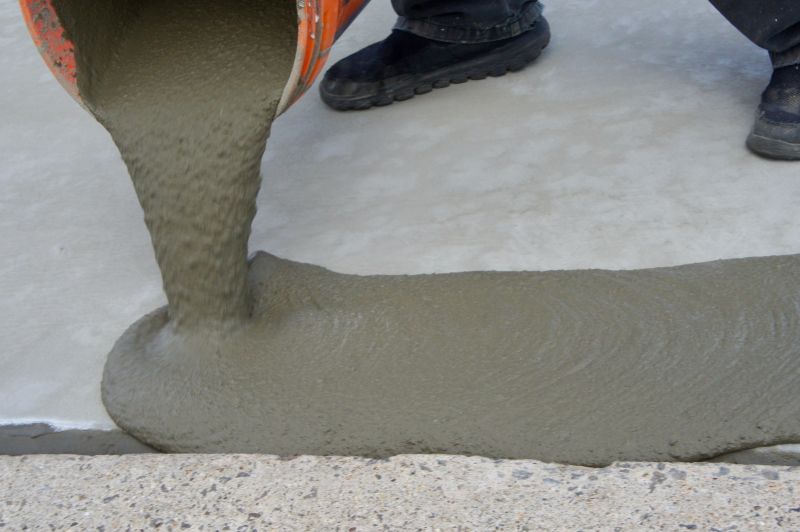
Ways to make Concrete Installations work in tight or awkward layouts.
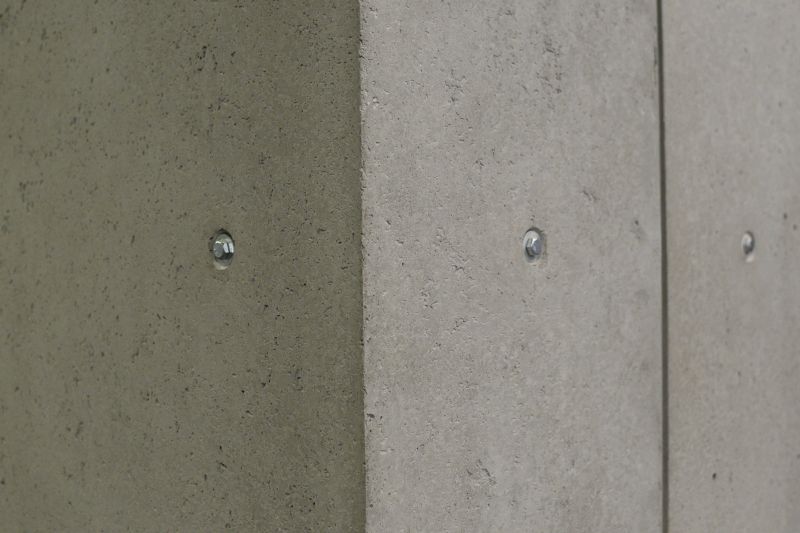
Popular materials for Concrete Installations and why they hold up over time.

Simple add-ons that improve Concrete Installations without blowing the budget.
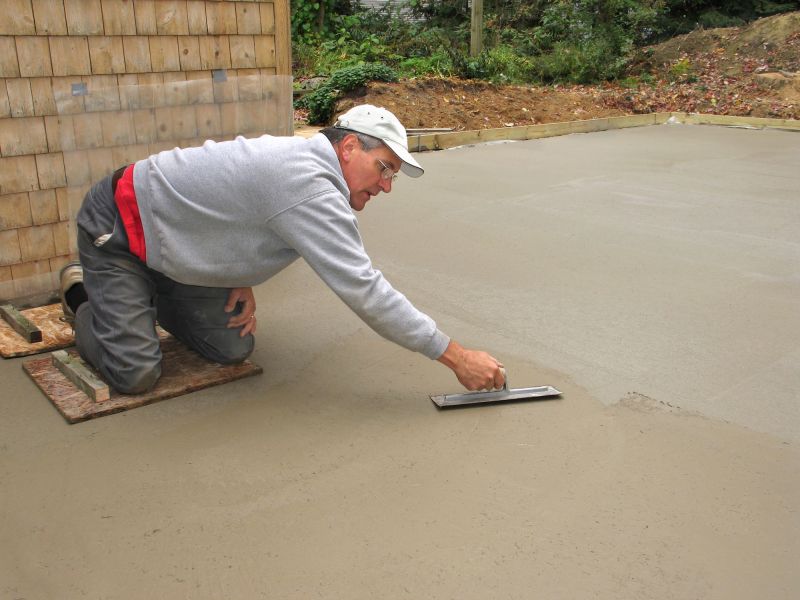
High-end options that actually feel worth it for Concrete Installations.
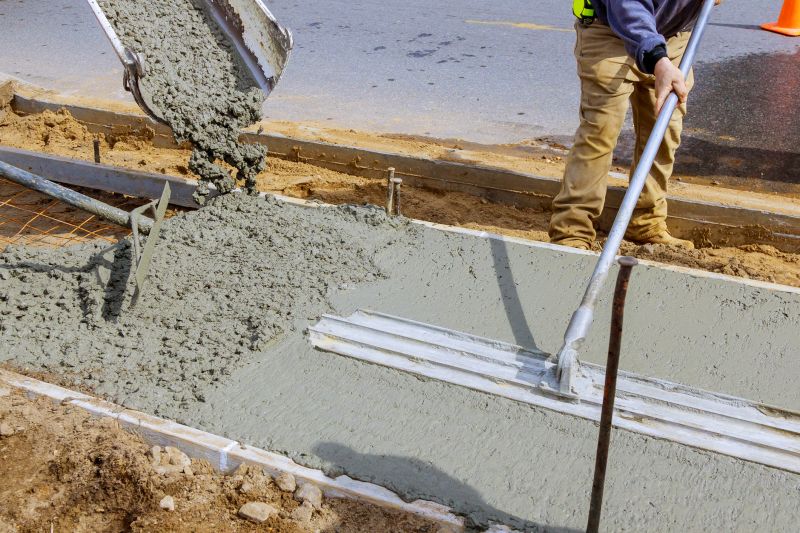
Finishes and colors that play nicely with Concrete Installations.

Little measurements that prevent headaches on Concrete Installations day.
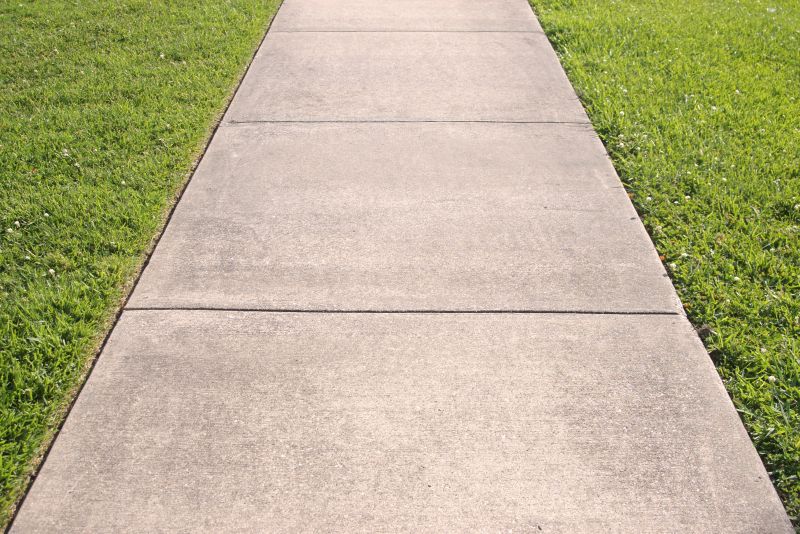
A 60-second routine that keeps Concrete Installations looking new.

A frequent mistake in Concrete Installations and how to dodge it.
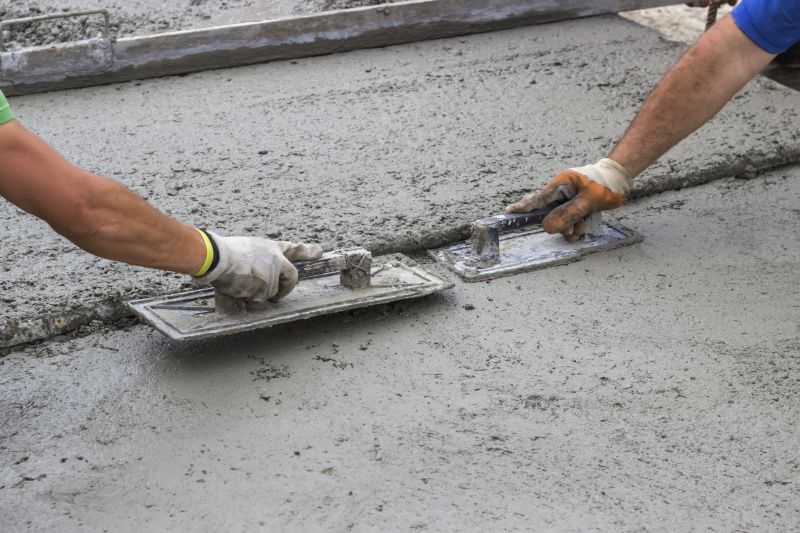
Small tweaks to make Concrete Installations safer and easier to use.
| Season | Optimal Conditions |
|---|---|
| Spring | Moderate temperatures and lower precipitation |
| Summer | Early morning or late evening work to avoid heat |
| Fall | Cool temperatures with dry weather |
| Winter | Not recommended unless heated enclosures are used |
| Late Spring | Ideal for early projects |
| Early Fall | Favorable for curing and finishing |
| Late Fall | Requires weather protection |
| Early Summer | Potential for heat-related issues |
Concrete installations require careful consideration of weather conditions to ensure durability and quality. Timing the work during favorable weather minimizes risks such as cracking, scaling, and improper curing. Proper planning and monitoring weather forecasts are essential for successful projects.
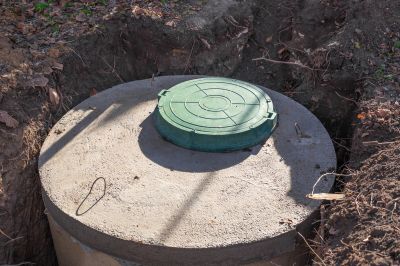
Lower-waste or water-saving choices for Concrete Installations.

The short, realistic tool list for quality Concrete Installations.
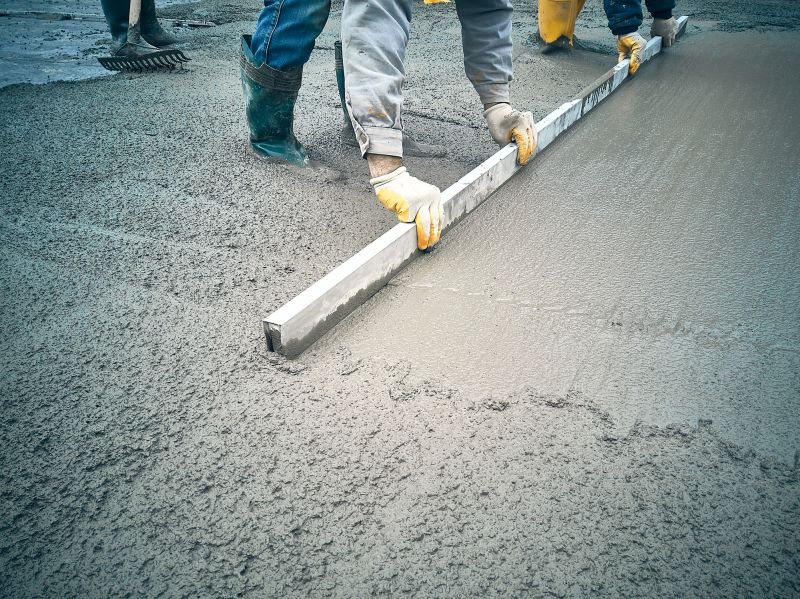
Rough timing from prep to clean-up for Concrete Installations.

Quick checks and paperwork to keep after Concrete Installations.
Interested in scheduling a concrete installation? Filling out the contact form provides an opportunity to discuss timing options and receive guidance tailored to specific project needs.


